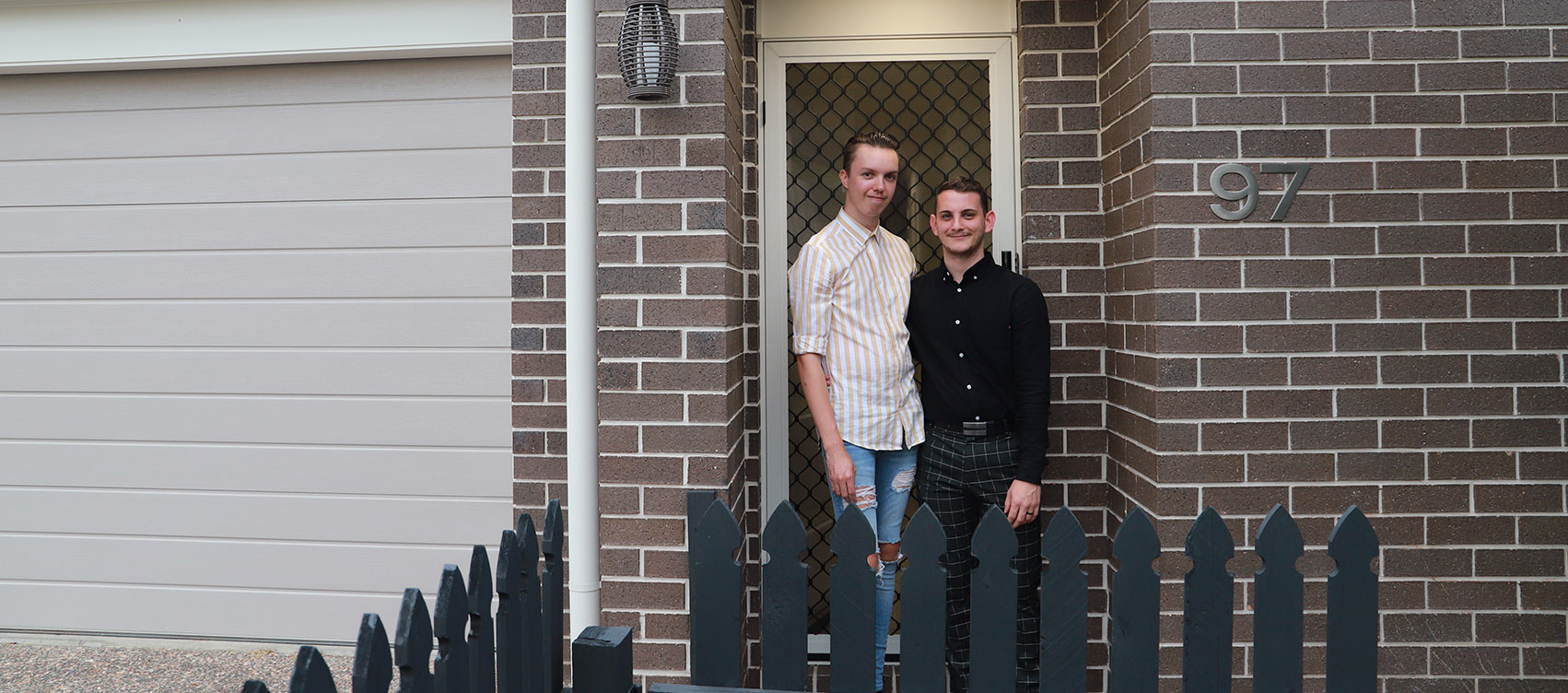INDIGENOUS BUSINESS AUSTRALIA





Depending on your circumstances, IBA may provide you with a loan that only covers part of the funds you need to buy a home. If this is the case, you will need to borrow the remaining funds to complete the purchase from another lender.
If you need to borrow some of the funds from another lender, you will have to lodge an application with your chosen lender so they can assess your loan requirements. Your IBA Home Lending Officer will provide you with assistance wherever possible.
The amount the other lender will lend you will depend on their assessment of your loan application. If the amount they are willing to lend you is less than required, IBA will review your circumstances to determine whether it can lend you the amount you need to fill the gap.
IBA will determine the amount that you will need to borrow from the other lender based on the purchase price of the property and your deposit.
The maximum loan amount that IBA may provide and accordingly, the amount that is required to be borrowed from another lender is determined by reference to the applicant’s income tier as detailed in the table below:
| Maximum loan amounts^ | ||
| Total gross income | Maximum IBA loan amount (% of purchase price less deposit) | Other lender loan amount |
| Up to $169,528 | 100% | None |
| $169,529 - $256,860 | 20% | 80% |
| ^Total gross income and loan amount percentages are effective as at 26 May 2025 and are subject to change at any time. | ||
Funding example
The following table shows an example of the financing arrangement for an applicant on an income of $150,000 a year who is buying a home for $600,000.
To fund this purchase, you would need to contribute $57,000 of your own savings to meet stamp duty, conveyancing and legal fees, and deposit requirements.
The amount that IBA will lend is $90,000 (being 20% of the purchase price, less deposit). To complete the purchase, the applicant would need to borrow $480,000 from another lender (being 80% of the purchase price).
If you are a first home buyer, you may be eligible for home purchase assistance from your state or territory government.
| Purchase costs | $ | Funding | $ |
| Purchase price | 600,000 | Savings (includes $30,000 deposit, $23, 000 stamp duty and $4,000 legal fees) | 57,000 |
| Stamp duty° | 23,000 | IBA loan amount | 90,000 |
| Conveyancing and legal fees¹ | 4,000 | Other lender loan amount² | 480,000 |
| Total | 627,000 | Total | 627,000 |
| º The amount of stamp duty payable will depend on the purchase price of the property and the state or territory in which it is located. Some states and territories do not charge stamp duty. ¹ The costs for conveyancing and legal fees will depend on what your solicitor or conveyancer charges and the cost of any searches or inspections that need to be undertaken (for example, pest and building inspections). ² The amount the other lender will allow you to borrow will depend on your income and financial commitments, as well as the purchase price of the property. | |||
The figures provided have been prepared for general information purposes. You should seek professional advice to verify the accuracy and currency of this information, and to determine whether the information is relevant to your personal circumstances.
You should choose the lender that is most suitable for your needs. Lenders will publish information on the loans they offer and the interest rates, fees and charges that may apply. In addition to interest rates, lenders may offer other features of the loan which may suit your personal circumstances, for example, redraw facilities, saving offset accounts and no-fee accounts (IBA does not offer these features).
Once you understand the options available, you should contact prospective lenders to obtain personalised information on loan products suitable for your needs. IBA’s Banking Partnership Panel might be an avenue you’d like to explore or alternatively, a mortgage broker may be able to provide information about the loans available from a number of different lenders.
When you have decided on a lender, IBA will work with that lender to assist you in financing the purchase of your home.
You will need to make loan repayments for both your IBA loan and your loan with the other lender. Arranging to have these payments automatically deducted from your bank account can help make this a smooth process.
IBA does not charge a loan application fee or a professional fee to prepare mortgages for new loans. Your other lender may charge fees for establishing your loan with them; this may include the cost of an independent property valuation. You may wish to negotiate the amount of any fees and charges with the other lender before accepting a loan offer.
First home buyers who obtain part of their funds from another lender may receive an extended introductory interest rate which is capped at 3.54% for a minimum period (36 months) on their IBA loan.
Following the introductory interest rate period and each year thereafter, the capped rate applying to your loan will increase by 0.25%. The interest rate on the loan is set to the lesser of the capped rate and the IBA Home Loan Rate.
The IBA Home Loan Rate is comparable to the standard variable mortgage rates of other lenders.
Once you have selected the lender you would like to borrow money from, you will need to lodge a loan application with them so they can assess your requirements and eligibility.